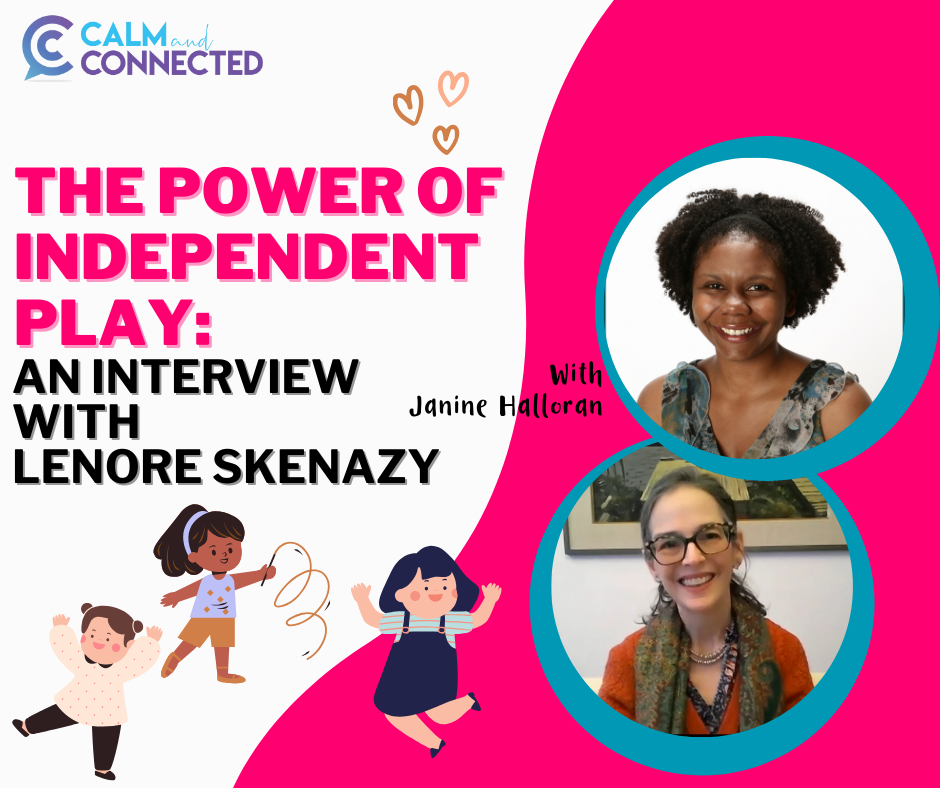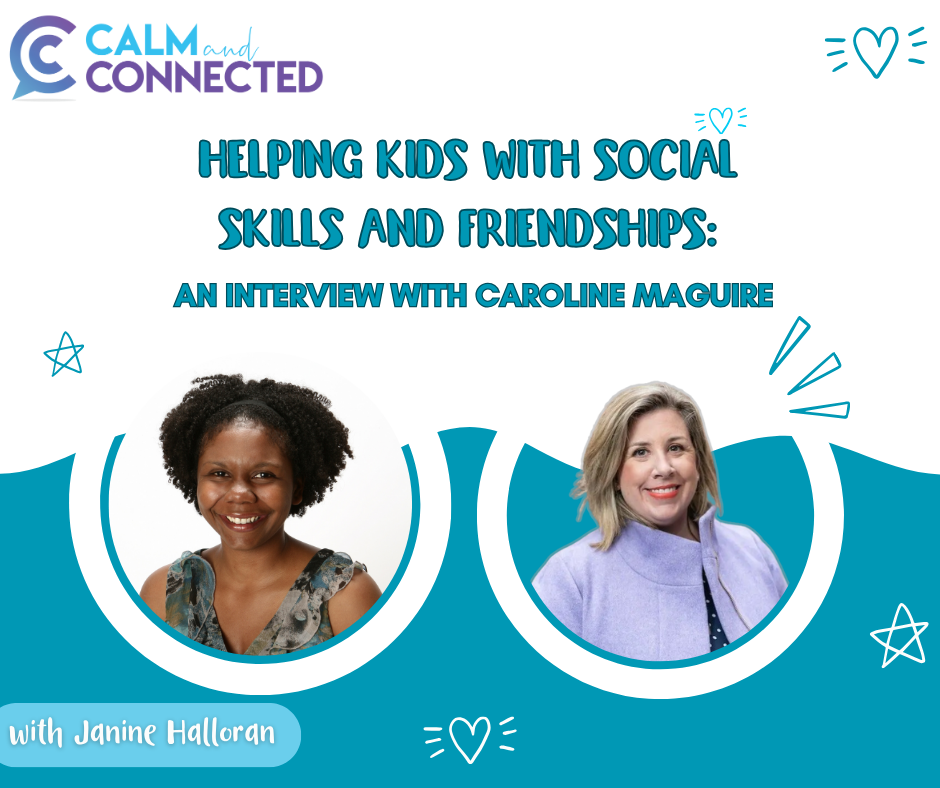Have you ever had one of those parenting moments where you realize you thought you had taught your kids something, but realized you actually never had?
I realized recently that my daughter doesn't know what being flexible means. I say it to her all the time and I always thought she understood what I meant. Today my son was a little cranky, so I asked her to be flexible. As I watched, she continued to be inflexible.
I finally asked asked her “What do I mean when I say be flexible with your brother?” She said “be nice”. While I think it's good that she knows to be nice to her brother it's actually not what flexibility is all about.
What exactly is flexibility in people? It’s not about being physically flexible, but more about having a flexible brain. Part of it is being nice but it’s so much more than that. It's being willing to not go first, not be the one who's always in charge, not be the one who's always telling the other person what to do or what you will play when.
It's giving other people a chance to have it their way instead of having it your way all the time. It's working together to solve a problem. When kids are flexible they tend to do better in social situations. It makes other people feel good and other kids want to be around a kid who is flexible.
However, you also want to make sure that your kid isn't being too flexible. They shouldn’t always let somebody else have a turn first, always giving somebody else the first choice of what color they want to be when playing a game or always having somebody else go ahead of them. You’ve got to find a balance.
Use Visuals to Teach Flexibility
Sometimes a visual demonstration can help show what it means to be flexible. I decided to use three materials we always tend to have around in my house:
yarn
popsicle sticks
pipe cleaners
My own kids love pipe cleaners, maybe a little too much. They always end up in interesting and weird contraptions all wrapped around each other. I love pipe cleaners because they are flexible but they still have some rigidity to them. Popsicle sticks, on the other hand, really can't bend without breaking. Yarn is super flexible but has no structure that allows it to stand on its own.
When I talk with kids about being flexible, I first have them start by feeling the different materials. I ask them what they observe. Then I explain:
You don't want to be limp like yarn
You don't want to be super rigid, like a popsicle stick.
You want to be able to bend but have a backbone like a pipe cleaner.
Then we discuss examples of how to be flexible in different situations, like while playing a board game, or getting ready for bed with your sibling, or doing a craft with someone.
Other Ways to Talk about Flexibility
Here are a couple of great videos on YouTube about flexibility:
Here is a short video about how video games can help you practice being flexible
The Dot book - a great lesson about being flexible and being yourself!
In my own home, has it been perfect and wonderful since we’ve had our discussion about what flexibility means? Of course not! But it’s nice to be able to bring back the visual of the pipe cleaner when they’re having a hard time being flexible with one another and remind them of what being flexible means.













